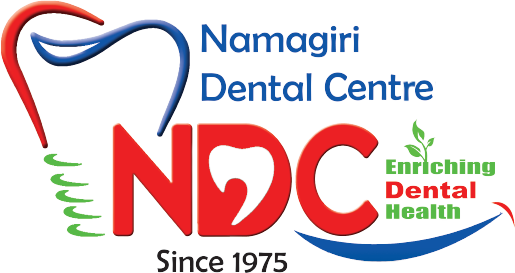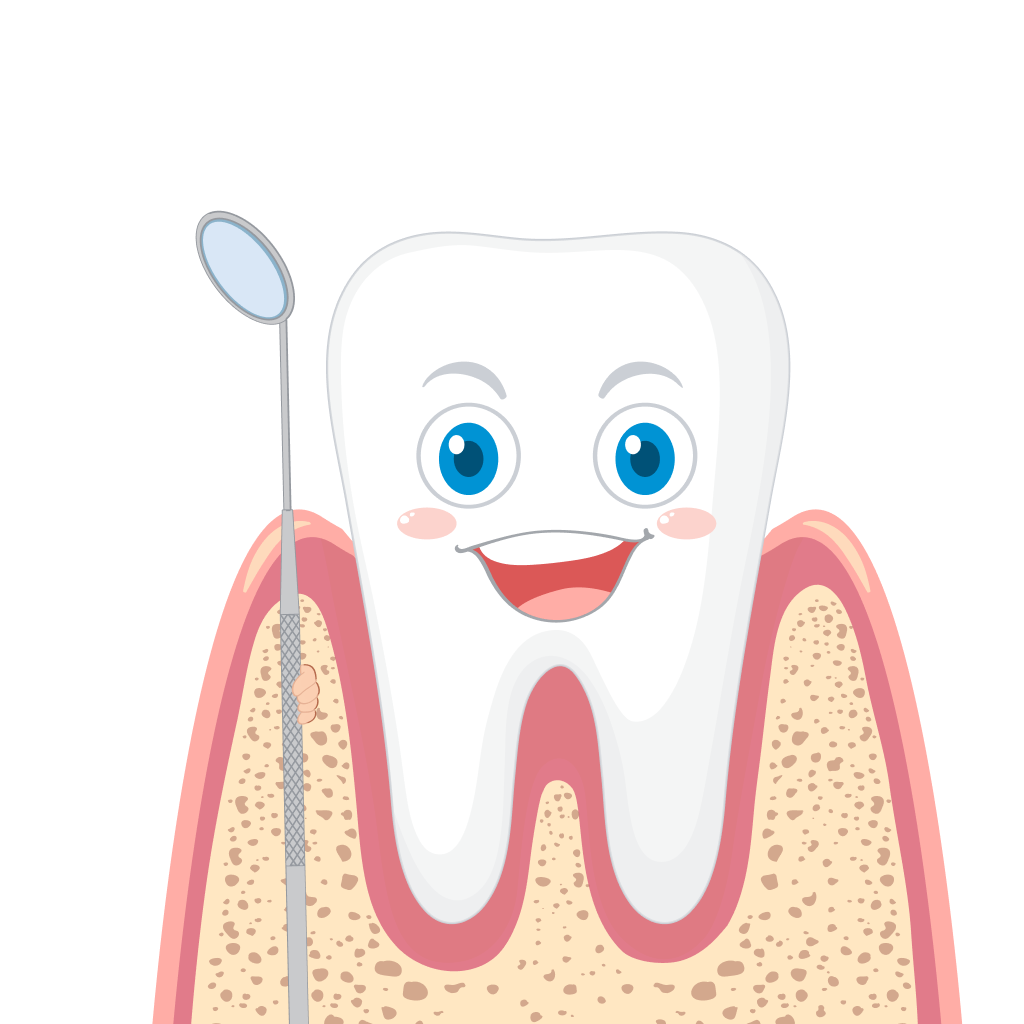

Your child deserves the best dental care possible. Pediatric dentists promote the dental health of children as well as serve as educational resources for parents. We, at NDC will also work with the child’s parents to educate how to ensure their child performs a proper oral hygiene routine, and will also discuss treatment plans for the future.
Proper care of your child's teeth and gums includes brushing and rinsing daily. It also includes having routine dental exams, and getting necessary treatments such as fluoride, sealants, extractions, fillings, or braces and other orthodontics. Healthy teeth are important to your child’s overall health. They help your child eat and talk. Strong oral care helps set good dental habits as your child grows. Poor oral care can lead to infection, disease, or other teeth problems.

Dental caries is defined as a “biofilm-mediated, sugar-driven, multifactorial, dynamic disease that results in the phasic demineralization and remineralization of dental hard tissues.” The formerly practiced paradigm of “drill and fill,” that is drilling out pits and fissures or surgically removing decayed and diseased tissue and placing permanent restorations, does not address the full continuum of the caries disease process, including microbial activity and the balance between enamel remineralization and demineralization.
Back in the days, all parents thought that a milk tooth has no importance in a child's life and whatever happens to that tooth is not a serious matter to take a look at, until the child starts feeling some pain. But now it’s changed and all parents are understanding the importance of the milktooth. At NDC, we take care of your child as our own. Removal of infected tooth particle and replacing it with a synthetic tooth material is the treatment for milk tooth cavity. Baby teeth fillings are made out of either white composite or GIC. The other filling and crown materials, like gold and ceramic, are rarely as fillings for children. GIC fillings can release fluorides, which will prevent development of caries in future.
Preventing the formation of cavity is the best way, but if the cavity is already started it’s very important to stop it from progressing further.
Root canal treatment for milk teeth? And a crown too!! Our pediatric dentists may advise a PULPECTOMY (root canal treatment for kids) if your child has a damaged tooth due to cavities or any other injury. A root canal treatment is done to remove the damaged pulp from the tooth and and replacing the pulp with a filling material.
Silver diamine fluoride (SDF),is a valuable therapy which may be included as part of a caries management plan for patients. Caries lesions treated with SDF usually turn black and hard. Stopping the caries process in all targeted lesions may take several applications of SDF, and reapplication may be necessary to sustain arrest. Silver diamine fluoride (SDF) is a liquid substance used to help prevent tooth cavities (or caries) from forming, growing, or spreading to other teeth. This stain should disappear on its own within one to three weeks. Tooth-colored fillings that are exposed to SDF may change color. These may be able to be polished off. SDF may cause a temporary metallic taste.
Fluoride is a natural mineral that helps prevent cavities and strengthen teeth. Fluoride treatments are common at dental check-ups. Fluoride is commonly used in dentistry to strengthen enamel, which is the outer layer of your teeth. Fluoride helps to prevent cavities. Children should be getting 2–4 fluoride treatments per year. The number of treatments they need depends on their overall oral health and the likelihood of developing cavities.
After your kid loses a tooth that space needs to be preserved to allow the permanent tooth to come into that space. This is where space maintainers come, it’s purpose is to keep the space open in order to prevent malalignment of permanent teeth in future. It is important to remember the fact that some teeth are not replaced until a child is 12 or 14 years old. Space maintainers are appliances made of metal or plastic that are custom fit to your child’s mouth. Most children adjust to them quickly. Without a maintainer, the teeth can tilt toward the empty space and cause permanent teeth to come in crooked. Space maintainers hold open the empty space left by a lost tooth. They steady the remaining teeth, preventing movement until the permanent tooth takes its natural position. It is more affordable to keep teeth in their normal positions with a space maintainer than to move them back in place with orthodontic treatment.
Habit appliances, also known as habit breaking appliances, bluegrass appliances, tongue cribs, thumb cribs, or palatal cribs, are specialized dental appliances that are used to break detrimental dental habits in children. Most commonly, habit appliances are used to discontinue behaviors such as finger or thumb sucking. Habit appliances still allow the child to place their finger or thumb in their mouth, however they make it more uncomfortable, which eventually discourages the child from continuing this behavior. Habit appliances work best when parents help reinforce the treatment as well.
Kids can need braces for any number of reasons, including crooked, overlapping, or overcrowded teeth, or a "bad bite" (known as malocclusion). Malocclusion is when there's a difference in the sizes of the top and bottom jaws. When the upper jaw is bigger than the lower jaw, it's called an overbite. When the lower jaw is bigger, it's called an underbite.
Most kids just need fixed appliances (braces) with brackets, wires, and rubber bands. The brackets attach to the teeth and are connected by a wire and rubber bands. The wire is tightened bit by bit over time to slowly help line the teeth up properly. The rubber bands come in fun colors that kids can pick.
A removable appliance is made from a plastic plate with wires coming from the sides. These grip the teeth to keep the brace in place. Removable appliances have a limited number of uses, mainly because they are restricted to moving single teeth and widening either the upper or lower arches.
Copyright © 2025 JGDHealth || All Rights Reserved
Please help us in serving you better
Please introduce yourself: